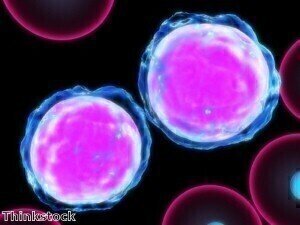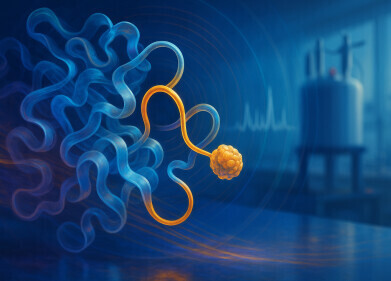Microscopy & microtechniques
Pannexin1 found to restore tight binding of cells
Jan 30 2012
A novel 'scaffold-free' 3-D system has been used to determine the role of Pannexin1 in binding cells, a process that is lost in cancer.
The researchers, from Brown University, found that protein Pannexin1 could have an important biomechanical role in binding tissues together. The protein is already known to have tumour-suppressive properties, and this new research suggest that it could have a decisive role in the progression of the disease.
First author and Brown University M.D./Ph.D. student Brian Bao, commented that: "In healthy tissues, the recently discovered protein Pannexin1 may be playing an important role in upholding the mechanical integrity of the tissue.
"When we develop cancer, we lose Pannexin1 and we lose this integrity."
The researchers used a “3-D Petri dish” technology that has been found to be an effective way of monitoring how cells interact with each other. This form of research also eliminates concern over additional interactions with surrounding scaffolding or the culture plate itself.
The treating properties of Pannexin1 has been linked with many illnesses, with recent research finding that targeting Pannexin1 can improve a seizure outcome.
Posted by Ben Evans
Digital Edition
Lab Asia Dec 2025
December 2025
Chromatography Articles- Cutting-edge sample preparation tools help laboratories to stay ahead of the curveMass Spectrometry & Spectroscopy Articles- Unlocking the complexity of metabolomics: Pushi...
View all digital editions
Events
Jan 21 2026 Tokyo, Japan
Jan 28 2026 Tokyo, Japan
Jan 29 2026 New Delhi, India
Feb 07 2026 Boston, MA, USA
Asia Pharma Expo/Asia Lab Expo
Feb 12 2026 Dhaka, Bangladesh

.jpg)
-(2).jpg)
















